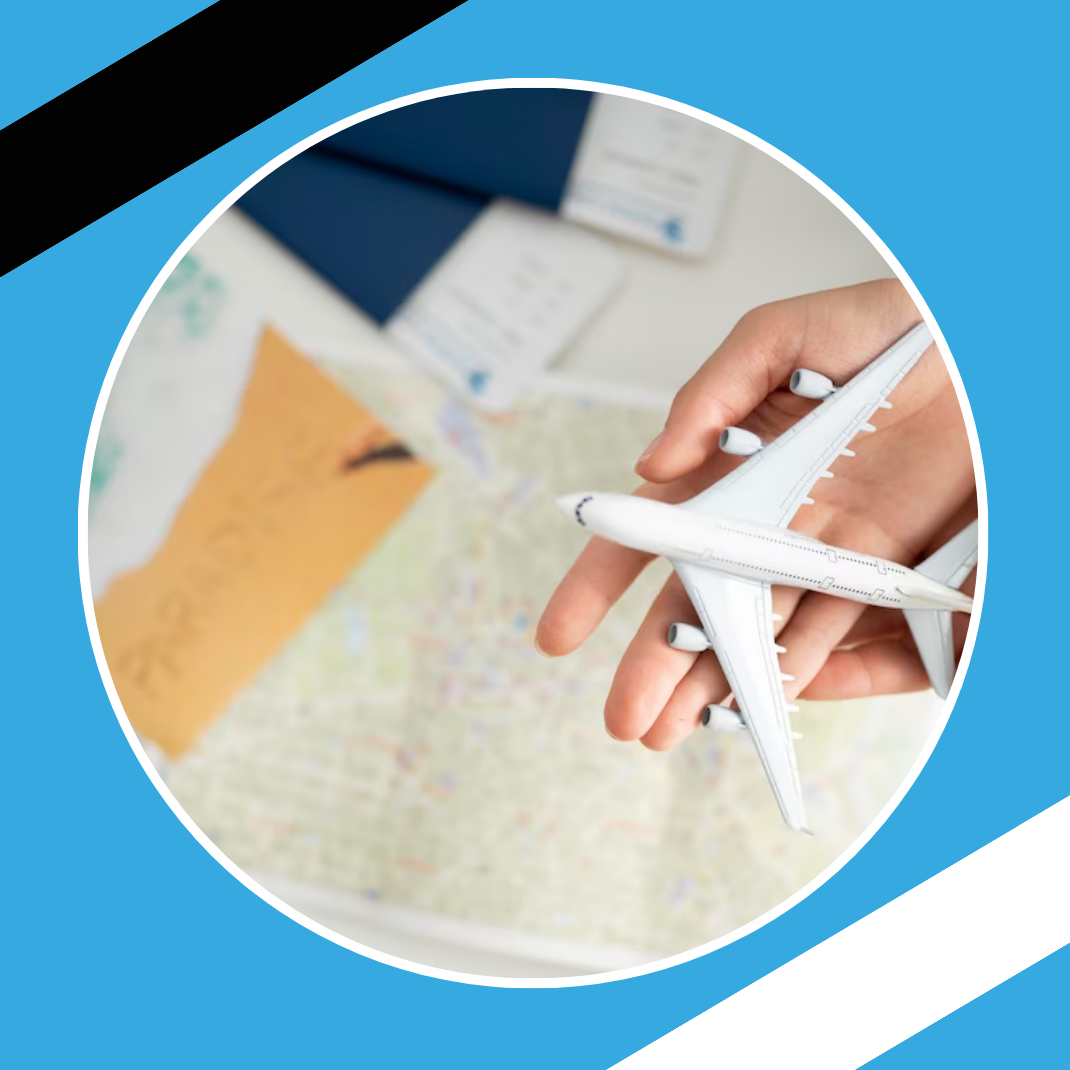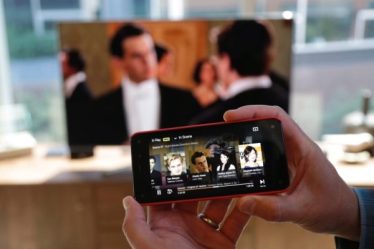Learn now how to spot a liar!
Detecting lies is a complex task, and no method is completely foolproof. However, here are some tips and strategies that can help you spot potential lies:
Observation of non-verbal behavior:
Eye contact: While the myth that liars can't maintain eye contact is exaggerated, some people may avoid eye contact when lying.
Body movements: Unusual gestures, agitation or touching the face can indicate discomfort caused by a lie.
Inconsistencies in the story:
Pay attention to details: Ask about specific details of the story and see if there are changes over time.
Contradictions: Check if the person contradicts previous information or if their words don't line up with known facts.
Answer to direct questions:
Simple questions: Ask direct questions that require a clear answer, such as "Where were you last night?"
Evasive Answers: If the person avoids answering directly or becomes defensive, this could be a sign that they are hiding something.
Voice tone monitoring:
Changes in tone: An unstable tone of voice, a shaky voice or a break in the voice can indicate nervousness associated with a lie.
Overly Detailed Speech: Someone who is lying may give overly detailed information to try to sound convincing.
Context assessment:
Stressful situations: In situations where the truth can be harmful, people are more likely to lie.
Changes in behavior: If someone exhibits unusual or unexplained behavior, it could be a sign that something is wrong.
Language usage:
Exaggerated Claims: Liars sometimes use exaggerated claims to try to convince others.
Use of Exclusion Words: Often liars use words like “never”, “always” or “nobody” to reinforce their story.
Keep in mind that none of these strategies are foolproof, and people can display these signs for a variety of reasons besides lying. It's important to consider the context and use these tips as complementary tools rather than hard and fast rules.
If you're in a situation where the truth matters, it can be helpful to trust your intuition, but it's also wise to seek out additional evidence whenever possible.
There are some techniques that can help detect a lie.
observe body language:
People who are lying may show signs of nervousness, such as shakiness, flushing, excessive sweating, or excessive blinking. They may also avoid eye contact, look away, or stare at the ceiling.
hear the voice:
People who are lying may speak louder or quieter than normal, or they may change their pitch. They may also speak faster or slower, or they may stutter or pause frequently.
Ask open-ended and specific questions:
Open-ended questions allow the person to tell their story in their own way. Specific questions help narrow responses and identify possible inconsistencies.
observe the answers:
People who are lying may give vague or ambiguous answers, or they may change the subject. They may also give answers that are not consistent with what has already been said.
It is important to remember that there is no foolproof method for detecting a lie. Even the most experienced people can make mistakes. However, by watching for signs of nervousness, paying attention to body language and voice, and asking open-ended, specific questions, you can increase your chances of spotting a lie.
Here are some additional tips for spotting a lie:
Know the person well:
If you know the person well, you'll have a better idea of how they behave when they're being honest.
Create a comfortable environment:
If the person feels comfortable, they will be less likely to lie.
Be patient:
It can take time to spot a lie. Do not rush to conclusions.
Written by
Rafael Melo Almeida
My name is Rafael Melo Almeida, and I have a passion for unraveling the intriguing universe of apps through my writing. My words explore the connection between technology and storytelling, translating complex concepts into engaging stories. With each post I create, I take a journey of exploration, inviting readers to enter the vast digital landscape with a curious eye. My mission is to share knowledge, stimulate reflection and establish connections through the words I choose carefully.



